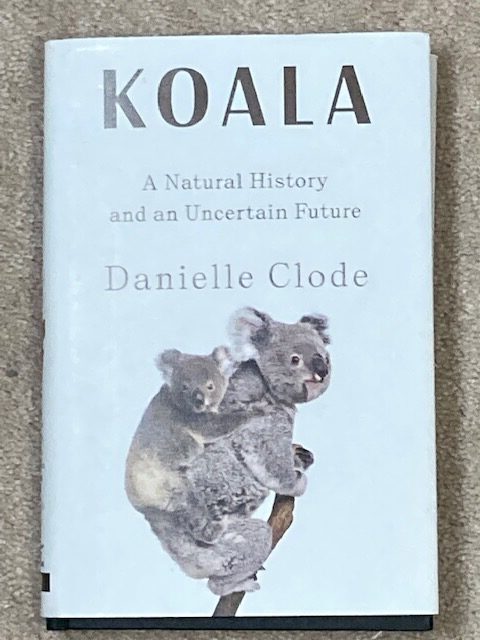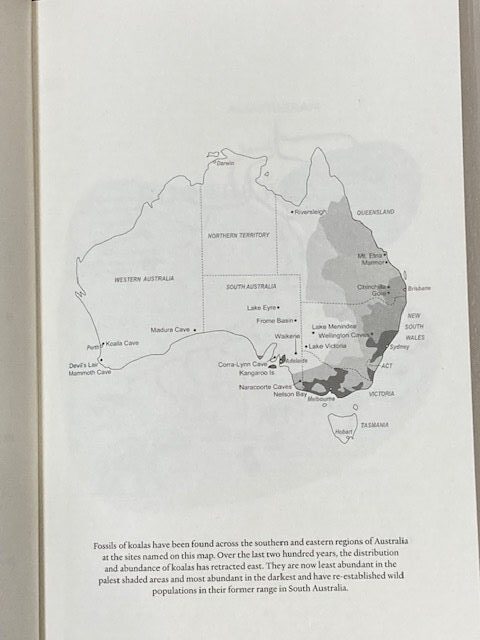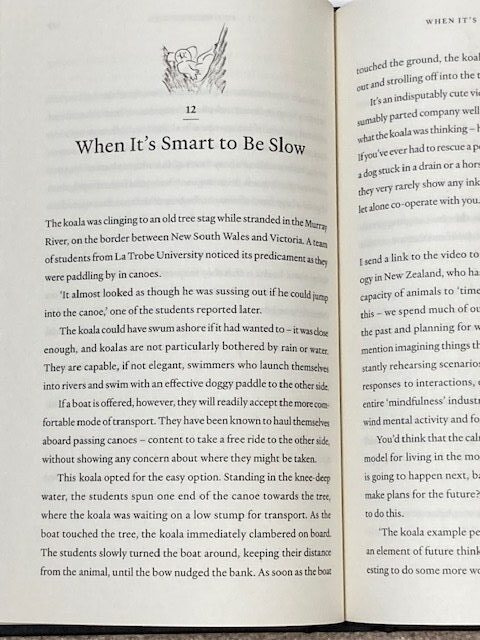Koalas are the cutest things on Earth that people outside of Australia will never see in real life. They also smell like the worst parts of a wet pug. Koala, A Natural History and an Uncertain Future is a narrative look at these marsupials that are only able to eat one thing. And even then, that Eucalypti tree might not be the correct species, which means that our cuddly little friend won’t eat it. Throughout history the koala has almost been an afterthought; when Europeans first landed in Australia they didn’t notice them for a decade and it took another 20 years for them to actually be studied.

Personally, I learned everything that I knew about koalas from Nom Nom in We Bare Bears, and that’s not a good thing. That show got the fact about koalas only eating from one tree correct, but that’s it. In reality, Nom Nom would have multiple trees of the same species needed for his diet. And while his cute factor still parlays to real life, Nom Nom is not related to bears. Koalas are closer to a wombat, which enters the marsupial family with that mysterious relative that has a name that’s often used as a pejorative.
Award-winning author Danielle Clode is an Australian biologist who’s written about a variety of naturalist things down under. This is Clode’s first book on koalas, which adds to the enjoyment, storytelling, and pacing readers will have when they dig into it. Because she’s researching and discovering them for the first time it allows readers to not feel guilty about knowing absolutely nothing about the subject matter.
Early on in Koalas, there’s a map of where koalas have been seen in the past 200 years in Australia. The vast majority of their sightings have been in the east, specifically, the southeast around Adelaide, Melbourne, and Sydney. There’s also a Marsupialia chart on how their family tree extends and where they’ve gone. In the Americas, there are three entries, with the most common one being the opossum, which is in no way as cute as its koala cousin. Australasia has a handful of them that are in their extended family. Most of these are currently around, except for a marsupial lion and diprotodons, which looks like a large sloth or a dinosaur.
Koalas are sometimes confused with a sloth. That could be because of their color or their appearance when they’re in a tree, probably after they’ve just eaten. The leaves that they eat, that they have to eat, give them a buzz of sorts that many people attribute to them appearing ‘stoned’. In reality, the leaves that they eat are the defense systems for the trees in the outback. They contain large amounts of terpene, a substance that’s toxic to most mammals. They also have levels of sideroxylonal, and components of cyanide, which makes some marsupials nauseous. When you hear about the one thing that these animals have to eat, it makes you want to read a book just on their digestive system in addition to the cuddly Xenomorph that carries it around.
That curiosity is the fun part about reading Koala. It’s a book that operates as reference material but has a primary tract of simply exploring one person’s curiosity and passion. But again, since Clode is not an expert on koalas and had to discover their history in research for the book, it’s as if we’re finding them together. There are moments where she questions why things had to happen, alludes to issues and makes readers grin when discussing koala issues.
Why can’t they just eat something else if they’re endangered? I thought that too, and it’s answered in the book. Koala A Natural History and an Uncertain Future is a conversation book that educates through conversation and mutual discovery. It’s presented at a level that upper-middle school students will be able to read it, but is aimed at naturalists or animal folks aged 14 and up. Don’t let the science credibility scare you away from this naturalist book. It’s an engaging look at this cute creature who’s not too shy, just prefers to live in a certain place, and has an unmistakable sound when you hear it in the wild.
Koala A Natural History and an Uncertain Future is by Danielle Clode and is available on W. W. Norton & Company.
There are affiliate links in this post.







 Facebook
Facebook Twitter
Twitter Flickr
Flickr GooglePlus
GooglePlus Youtube
Youtube